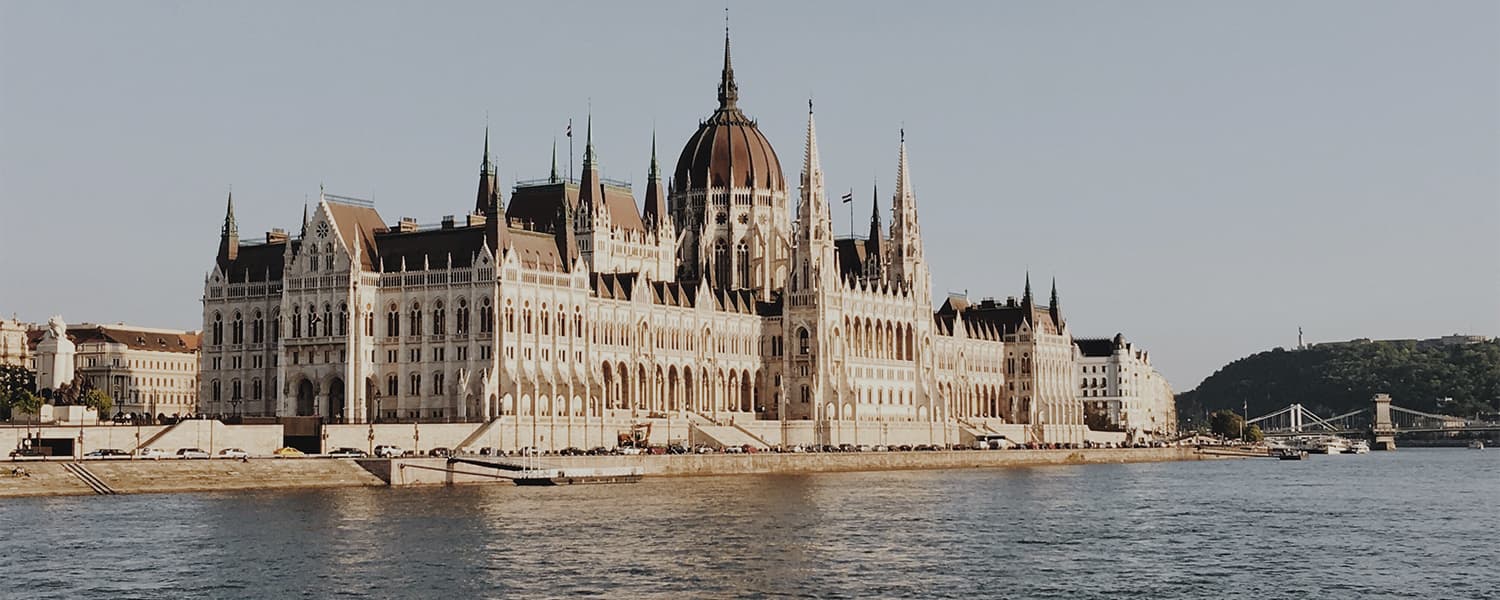Budapest

Budapest is an interesting European city and a budget vacation destination. Bridges, cathedrals, castles and fortresses, famous thermal springs, vintage and technological transport, ruined bars, festivals, wine, pálinka and such delicious Hungarian cuisine – this is why tourists come and even return to Budapest year after year.
Budapest is the largest city in Hungary and the tenth in the European Union in terms of population. The Hungarian capital is located on the banks of the Danube, where previously there were three cities – Buda, Obuda and Pest. These historic districts even today differ from each other, and each in its own way attractive to tourists.
Now Budapest is experiencing a tourism boom: its baths – especially Szechenyi and Gellert – are widely known in Europe and Russia, and spa has been one of the main tourist destinations for several years.
However, do not forget that Budapest is a cultural center. The historic districts of the city are a UNESCO World Heritage Site. It concentrates the best Hungarian museums, galleries and theaters. Architectural masterpieces include the Hungarian Parliament, the Basilica of Szent István, the Royal Palace, the Fishermen’s Bastion.
And also in Budapest love to eat well, and the portions here are big and the food is hearty and mostly meat, and the prices are low. At least once you should try goulash, paprikash or lecho, which are the specialties that are mentioned in all the gastronomic guides of the city and by the locals themselves.
It is interesting to visit Budapest at any time of year: to walk around all viewing platforms, take pictures of magnificent bridges, in summer – to relax in parks and have fun at festivals, in winter – to bask in the spa, enjoy the coziness of Christmas fairs and taste the hot kürtyoskalach.
No wonder that in Budapest there are always a lot of excursions of various formats: from the walking classics with a climb up the mountain Gellert and walk through the center of Pest, to evening and night walks, cruises on the Danube, museum and children’s routes to folklore programs, tastings and alcotours.
The Hungarian capital is interesting and for shopping, which on sale days may be the main reason to visit the city: in comparison with Western Europe, prices are much more pleasant.
Finally, Budapest can and should be walked around as much as possible: look for and find romantic places, meet the sunrises and sunsets – and they can be breathtaking in this city.
Climate and weather in Budapest
The climate of Budapest is temperate continental, characterized by mild and short winters and long and hot summers. Extremely high (up to +40 ° C) temperatures are rather unusual for this climate, but often recorded in recent years, the same situation is observed in most neighboring countries of Central Europe.
The flow of tourists in Budapest does not stop all year round, regardless of the weather. Do not forget about the thermal springs – and it is almost a universal option for a vacation.
But the best period for a holiday in the Hungarian capital is difficult to call, no one can rule out the vagaries of the weather.
In summer it is warm, even hot in Budapest. In July and August the daytime temperature can reach +28 … +35 ° C. But night walks will be very pleasant (mostly up to +25 ° C), in addition, summer is the time of festivals and other events that can last from evening until morning.
The coldest months coincide with the calendar winter. December and January can get as cold as -10 °C, but these are more of a record, as the temperature is still above zero during the day and frosts are possible at night.
Because of the high humidity and the piercing winds from the Danube the cold is felt much more strongly – for a winter trip don’t forget to take warm clothes. In February you can already feel spring approaching: +4 °C on average during the day and around 0 °C at night.
The real spring flowering and fragrance of Budapest welcomes visitors in April, and even at the end of March the temperature rises in some days up to +20 ° C. But do not count on such luck in advance, and watch the forecast not earlier than 2-3 days.
Maximum rainfall occurs from April to June and in November, but the prolonged rains are rather a rarity, mostly up to 50-60 mm of precipitation per month. Snow in winter is not exotic, but it does not fall much.